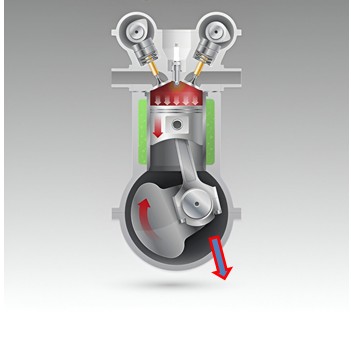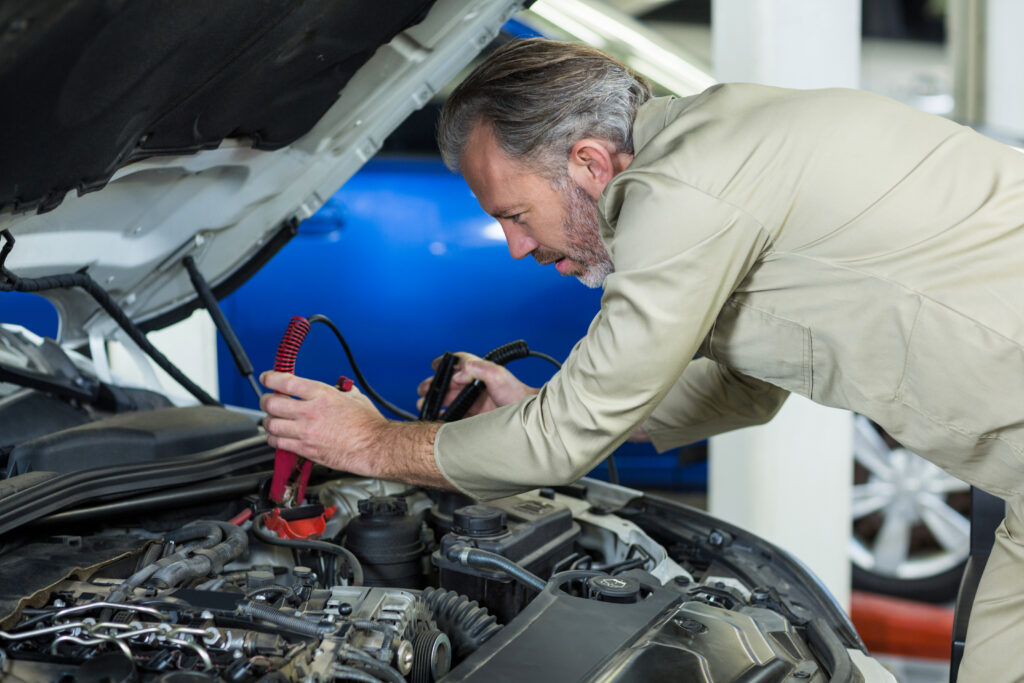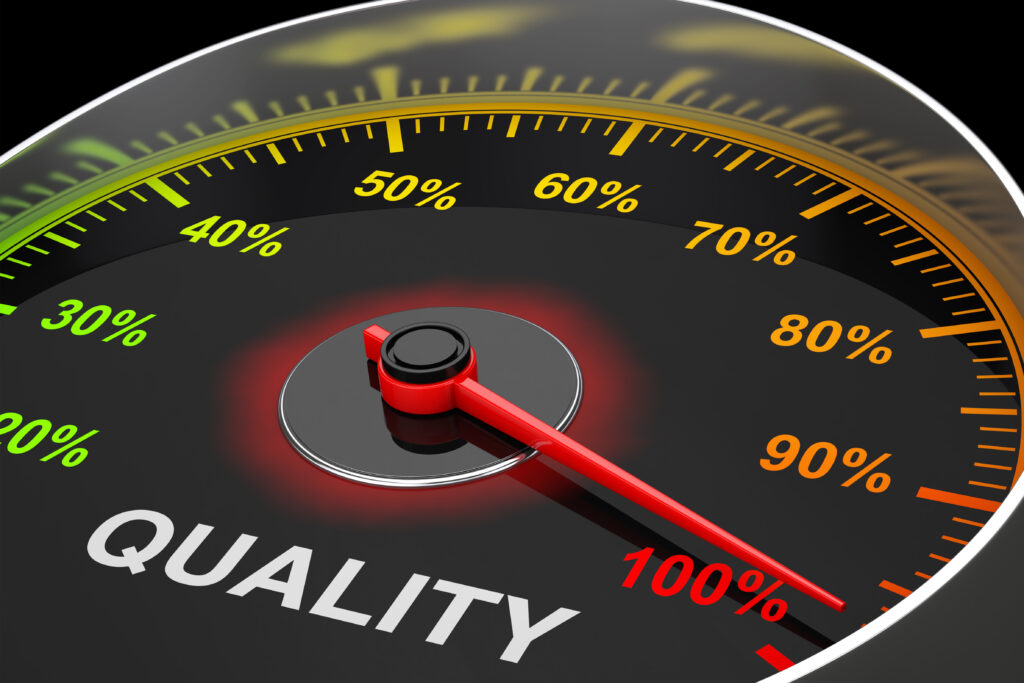Engine Torque
The turning force of a device or part is called torque. In other words, the effort to turn or rotate a shaft is called torque. After the combustion of the air and fuel mixture in the engine’s combustion chamber, it produces enormous heat and pressure energy, which in turn exerts a shock on the piston and the crankshaft. This applied thrust is called engine torque. When the rider pushes on the bicycle frame, this pressure exerts a torque at an angular distance from the top, turning the freewheel and other components, resulting in the rotational motion of the bicycle wheel. The figure shows the process of applying torque to the crankshaft by the piston and connecting rod.

According to sources:
- Torque T=B.H.P×4500/ 2πN (kg-meter)
Where:
-
- B.H.P = brake horsepower
- N = revolutions per minute
- Torque, T=W×r (kg-meter)
Where:
- W= product brake or brake load, in kg
- r = radius of the brake drum, in meters
What Will Happen with Engine Torque Low?
Torque measures the rotational force applied to an object, critical in mechanical systems involving motion or power transmission. When Engine torque is low, the performance of machines or systems that rely on rotational force can be significantly affected. Here’s an explanation of what typically happens in scenarios involving low torque:
Reduced engine Efficiency
Low torque often results in inadequate force to rotate an object or drive a mechanism efficiently. In engines or motors, low torque may lead to sluggish performance, making it difficult to achieve desired speeds or overcome resistance.
Difficulty Starting Motion
For stationary systems, such as a car starting from rest or a heavy machine/engine initiating movement, low torque might prevent the system from overcoming inertia. This can lead to delays or failure in operation.
Increased Strain on Components
When torque is insufficient, other parts of the system may compensate to maintain functionality, leading to increased stress on components such as gears, belts, or bearings,Shaft and alternator on power plant. Over time, this can cause wear and tear, reducing the lifespan of the system.
Inconsistent Performance
Low engine torque often causes irregularities in performance of engine, such as uneven rotation, stalling, or fluctuating speeds. For example, If the racks in the fuel system of a diesel engine are jammed or if the fuel valve does not open at the right time, the engine speed increases slightly and then decreases without showing any alarm. or in an electric motor, low torque can result in vibrations or erratic behavior.
Energy Inefficiency
When torque is too low, systems may consume more energy to achieve a desired output, as they have to work harder or for longer periods. This reduces overall energy efficiency.
Compromised Safety
In vehicles or heavy machinery, low torque can impair control or braking systems, posing safety risks during operation. In diesel engines, there is a possibility of major accidents like over speed, reverse power due to variations in the fuel system.
Addressing low torque typically involves adjusting the system’s design, increasing power input, or improving mechanical leverage to restore optimal performance.
Reasons of cylinder temperature increase
In diesel power plants, we often observe an increase in engine speed with an increase in frequency. This happens only if the engine is synchronized with the grid. Since speed is related to frequency, an increase in frequency results in an increase in engine speed. An increase in speed means an increase in the engine cycle. However, the problem is that due to this increase in frequency, speed, or RPM, the cylinder temperature of the engine also rises. If the cylinder temperature exceeds the set value, the engine shuts down.
Basically, the richer the mixture in the combustion chamber of the engine, the greater the thrust on the piston. The greater the pressure on the piston, the greater the torque. Torque is related to engine horsepower and motion. Volumetric efficiency is high when the engine is running at medium speed, as the engine gets enough time to fully charge. Conversely, when the engine runs at higher speeds, its volumetric efficiency decreases because the cylinders do not get enough time to fill with charge. As a result, less torque is generated in the engine at that time, leading to an increase in cylinder temperature.




